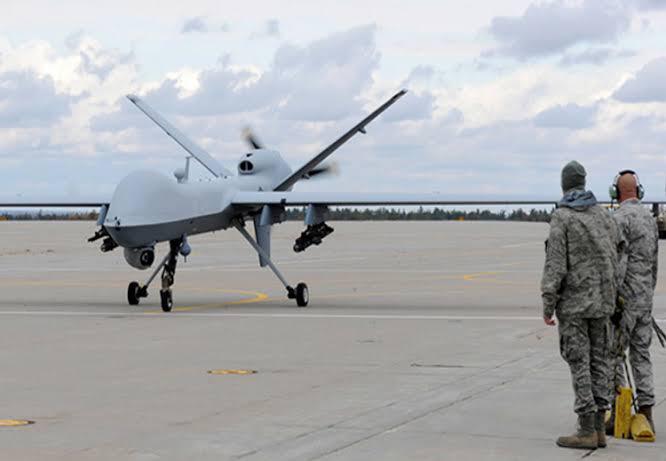On July 24th, the United States launched military strikes against Somali terrorist organization Al-Shabab Al-Mujahideen, carried out by AFRICOM, the US military forces in Africa. The Pentagon released a statement stating that the airstrikes against the terrorist organization come in support of Somali forces. The latest US military operation was the second of its kind in the span of a few days, following a previous strike against Al Shabab on the 21st of July. These were the first military strikes in Somalia by the Biden administration, given that the previous strike was in January 2021, and this raises questions regarding the reasons behind resuming attacks against Al Shabab at this time, and they can be summed up in four main points:
1-Preventing the transfer of Al-Qaeda militants to Somalia: The pressures on Al Qaeda in the African Sahel and Sahara regions have increased after the killing of many of the leaders of the Nusrit Al Islam Wal Muslimeen group, which is affiliated with Al Qaeda. Furthermore, ISIS’ growing influence in that region has prompted many Al Qaeda militants to move into Somalia, which has become an active focal point for the group. This has led the United States to carry out military operations inside Somalia to prevent more terrorists from entering the country.
2- Weakening the Central Organization in Afghanistan: Following the US agreement with the Taliban to withdraw American forces from Afghanistan, provided the latter does not allow terrorist organizations, especially Al Qaeda, to operate within the country, the US is looking to weaken all Al-Qaeda’s global branches. Accordingly, carrying out military operations in Somalia will, according to the US, weaken one of Al Qaeda’s most active affiliated groups, Al-Shabab Al-Mujahideen and, in turn, put more pressure on their central organization in Afghanistan.
3-Reducing the Influence of Al-Shabab Al-Mujahideen Youth in Neighbouring Countries: Al-Shabab Al-Mujahideen have begun to establish important new focal points within neighbouring countries. As recently as March 28th, Abu Ubaida Ahmed Omar was communicating with his elements to carry out terrorist attacks against American and European forces in Djibouti. In addition to that, the group is transferring some of its terrorist activities to neighbouring countries. This has forced the US to work on foiling these attempts, especially due to the strategic importance of the Horn of Africa, which can be affected by these terrorist activities.
4- Sending Messages to Russia and China: Former US president Donald Trump’s decision to withdraw military forces from Somalia in mid-January has left a power vacuum, which has prompted international powers such as China and Russia to attempt to fill this void. The military attacks by the US in Somalia can be interpreted as sending a message to China and Russia that Washington will not retreat from its leading role in global counter-terrorism efforts.
Alternative options:
The US has begun to implement a new strategy after rapid and successive withdrawals from many of its traditional spheres of influence , whether in Somalia, the African Sahel and Sahara region, or Afghanistan. This strategy relies primarily on the implementation of operations using different tactics, with drone strikes serving as an alternative to ground military movements. On July 24th, Pentagon spokeswoman Cindy King confirmed that there were no US soldiers on the ground alongside the Somali army during the last operation, noting that this operation was carried out by drones.
It was remarkable in this context that during the months of June and July of this year, US dependence on air strikes via drones increased in Afghanistan, Iraq, Somalia, and the African Sahel and Sahara region. In Iraq and Syria, Washington targeted a truck belonging to the Iraqi Popular Mobilization militia on July 18th, a move repeated in Afghanistan by launching airstrikes against the Taliban on July 22nd to support Afghan government forces facing pressure by the Taliban.
For Washington, these strikes can achieve three main objectives. The first is to reduce the extent of direct US military involvement on the ground in various regional crises. Secondly, the strikes serve to absorb the domestic pressures, after the escalation of calls for the need to withdraw from crisis areas. Finally, the US also uses the strikes to send messages to the opposing forces and parties that Washington, despite its decision to withdraw militarily from those areas, remains determined to protect its interests and continue to engage in counter-terrorism efforts.
It can be said that Washington’s continued reliance on the strategy of pre-emptive and blitzkrieg strikes against terrorist and armed organizations remains possible, in light of the current US policy. This policy is garnering ever-increasing internal support within the US, despite some arguments that these strikes may not protect American strategic interests abroad.

